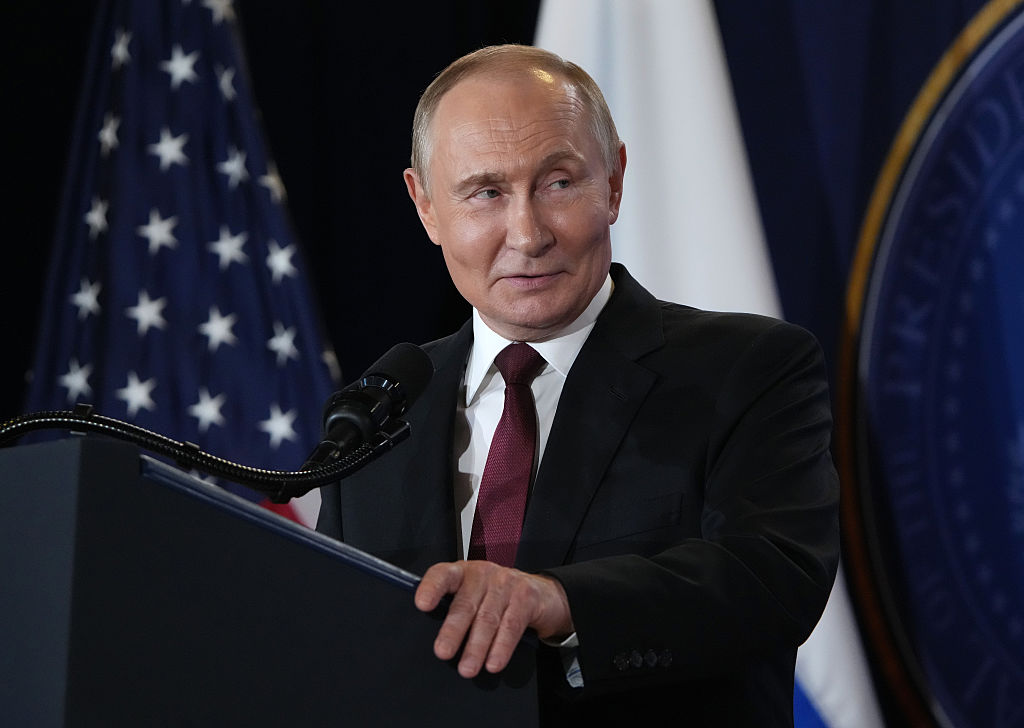
The Russian government have reportedly tested a new missile that seems straight out of a science fiction movie.
The announcement, released on Sunday by President Vladimir Putin, confirmed that Russia had completed a successful test with the ‘Burevestnik’ missile in Novaya Zemlya—a high-tech long-range cruise missile powered by a nuclear engine.
Fear mongering
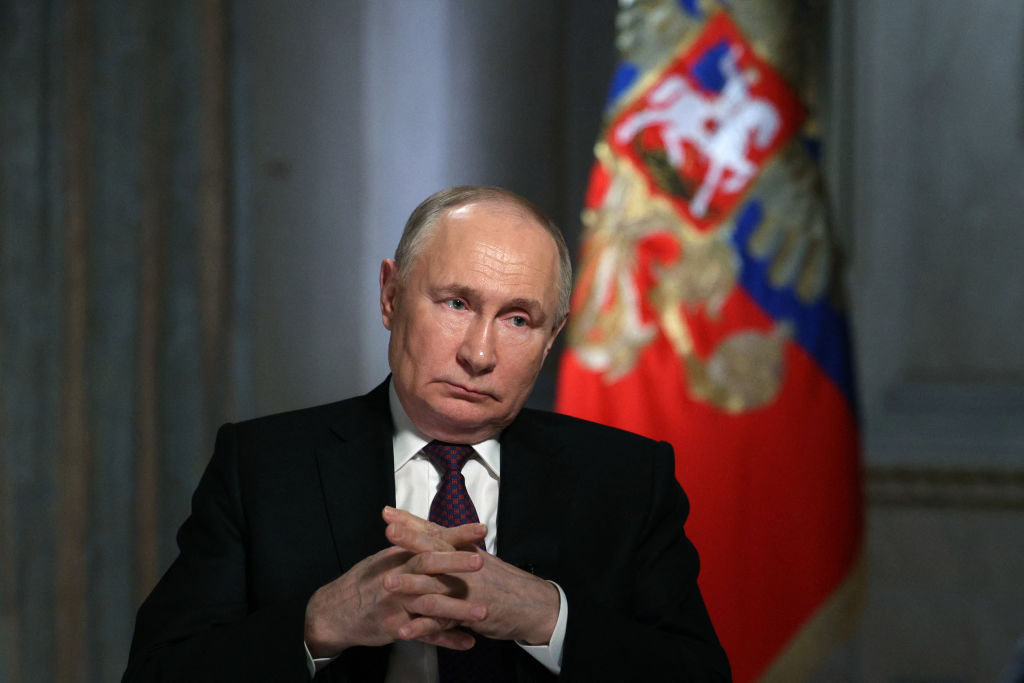
The announcement is another example in a long line of behaviour meant to instill nuclear fear into the hearts of Western countries.
The ‘Burevestnik’
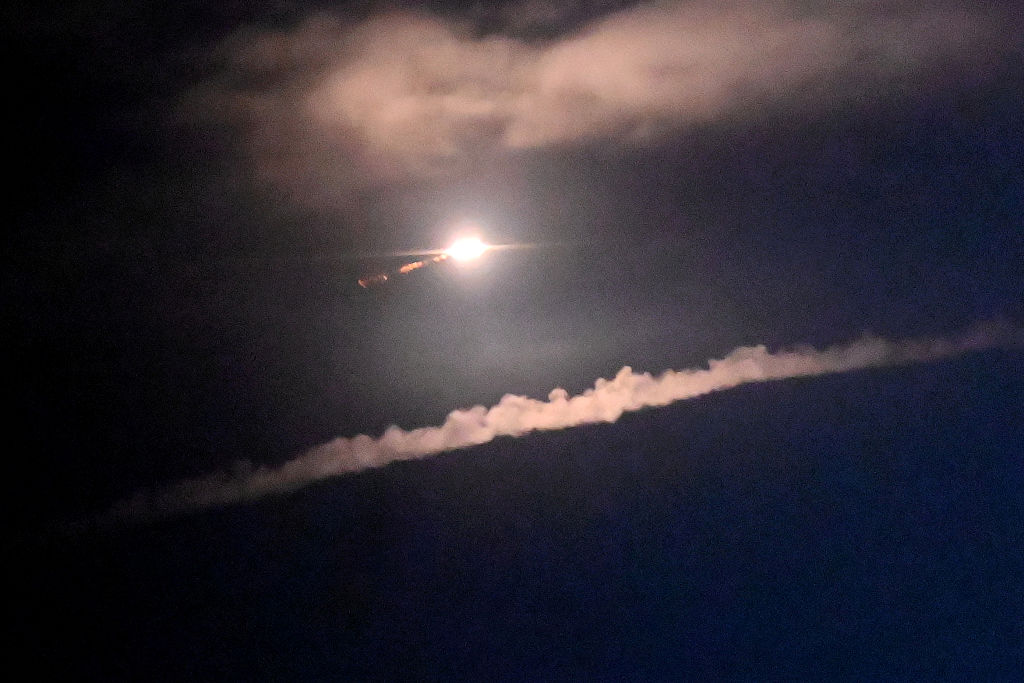
There is little information about the missile that was tested, as is expected for a Kremlin project.
Russia began the invention of the Burevestnik (nicknamed the ‘Skyfall missile’ by NATO) in 2018, initially labelling the missile as a ‘hypersonic weapon with infinite range.”
'unlimited range'

Putin added that the missile would have “unlimited range, allowing it to circle the globe undetected by missile defense systems,”
The missile travelled 14,000 kilometres (8,700 miles) during the test on October 21, spending more than 15 hours in the air using nuclear power.
Impervious to defense
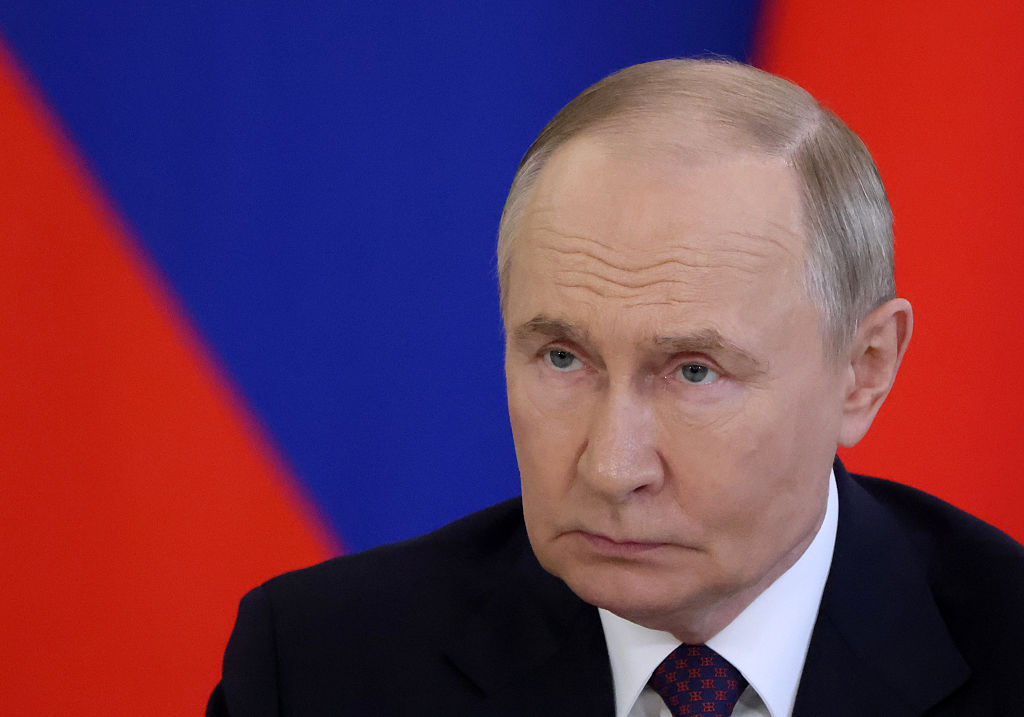
The Kremlin leader also claimed that the missile would be impervious to any defense system on the globe, due to the almost unlimited range and unpredictable flight path it possesses.
It’s important to note that this missile is not a nuclear bomb, but an explosive powered by a nuclear engine. Still, Western experts have been skeptical, claiming that a nuclear-powered engine could be highly unreliable.
a rocky road
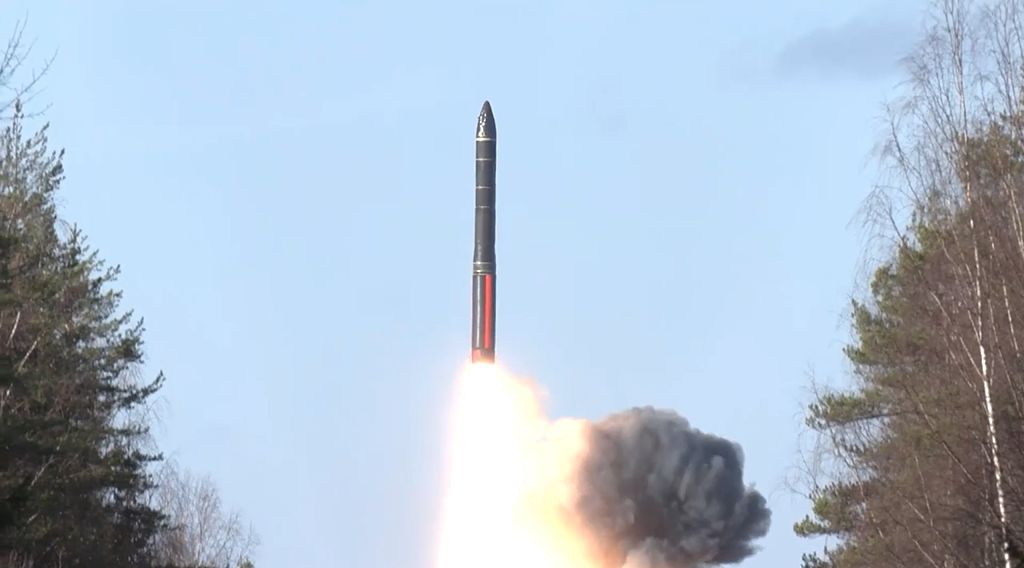
The Burevestnik suffered one explosion during testing in 2019. The explosion killed at least seven people, including five engineers and two service members. The blast also triggered a radiation spike, sparking widespread fear in a nearby city.
The Kremlin never officially identified that the Burevestnik was the weapon involved in the 2019 accident, but the U.S. government claimed it was.
A successful test
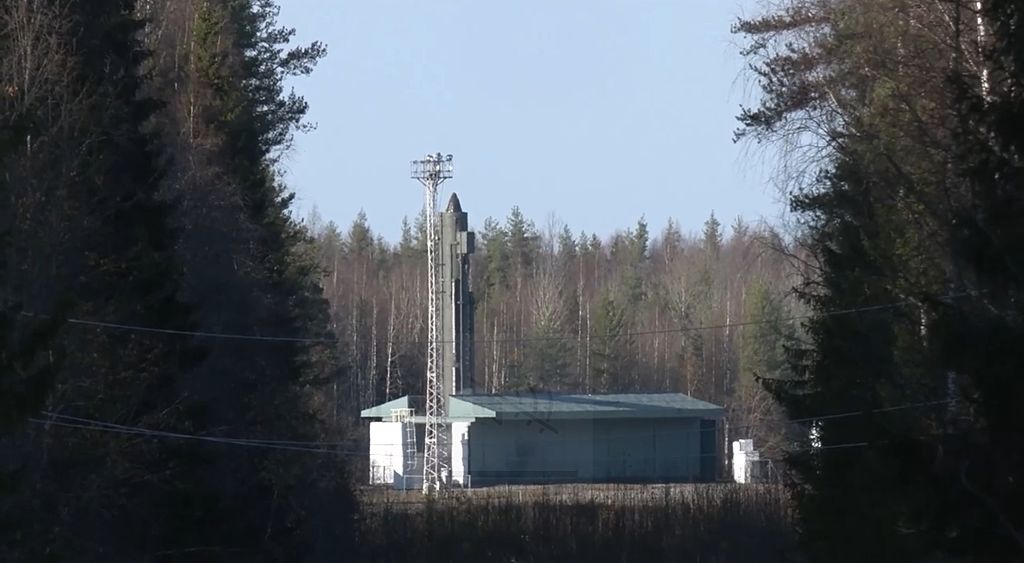
Kirill Dmitriev, a Putin aide living in the U.S., said his delegation confirmed the successful test and informed U.S. government staffers.
While Russia has been heralding this incredible advance in technology, some experts are skeptical of how useful the missile really is.
not really useful
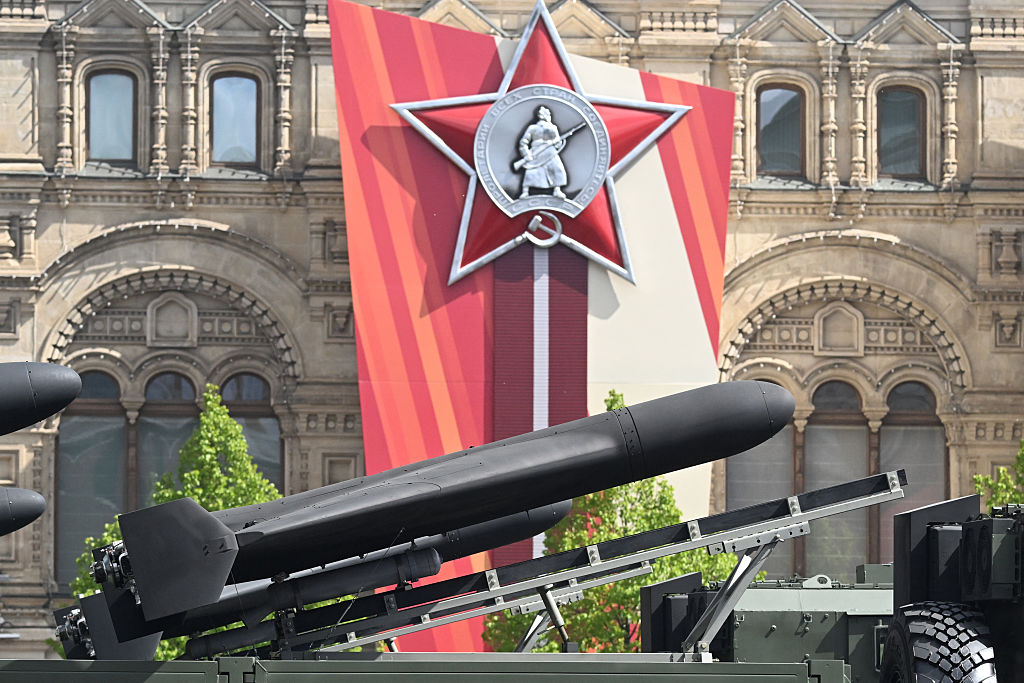
Pavel Podvig, a senior researcher at the United Nations Institute for Disarmament Research, told NBC News that, “The main reason that no one else has tried to build something like this is that it doesn’t really have any use,”.
According to Podvig, the weapon is actually largely political, a gesture meant to flex Russia’s impressive nuclear technology program.
a mini reactor
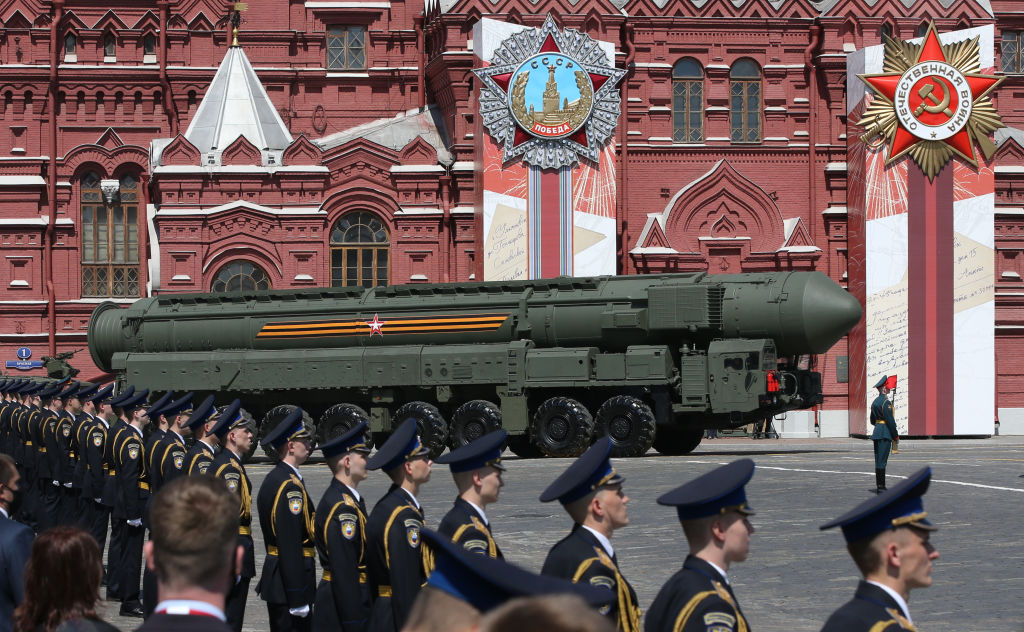
The engine of the Burevestnik missile is essentially a mini nuclear reactor, heating the air around it to over 3000 degrees Fahrenheit, propelling a ramjet engine for days, in theory.
What isn’t clear is the destructive capabilities of this weapon. Experts do not know the exact kind of explosive used, and they have not ruled out the possibility of the Burevestnik carrying nuclear warheads.
A response to the U.S.

Some experts read the Russian announcement as political response, responding to the U.S.A.’s recent announcement of its own ‘Golden Dome’ missile defense system. The Kremlin specified in its announcement that the missile would be undetectable by any missile defence system.
Spokesperson comments
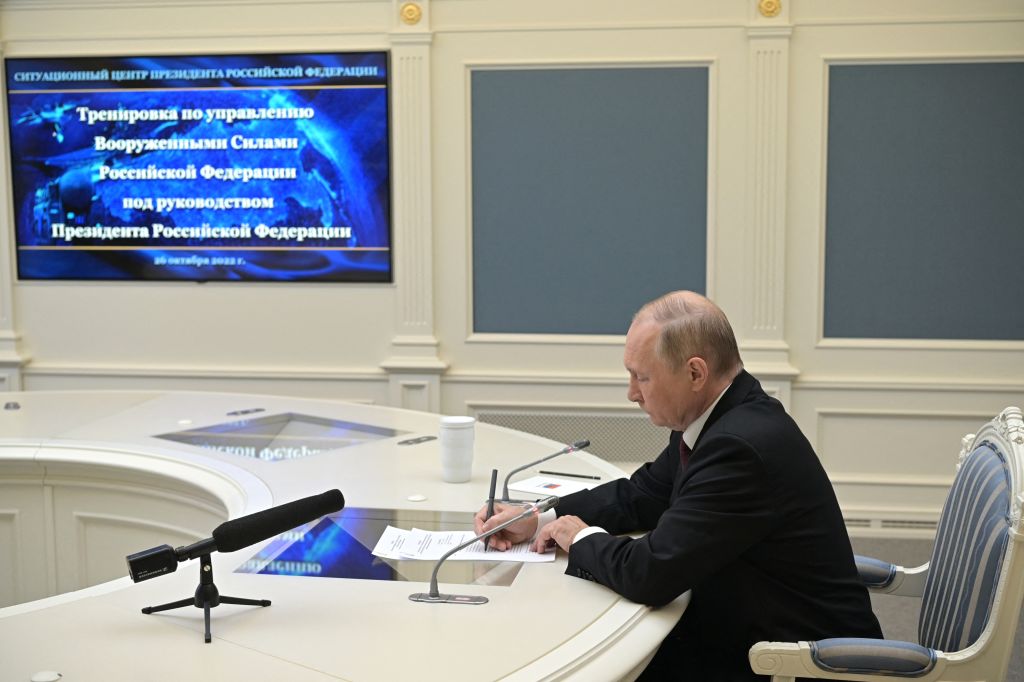
Putin spokesman Dmitry Peskov seemed to imply that the test may have also been a response to the new sanctions this month from the European Union and the U.S., citing:
“Ensuring security is a vital issue for Russia, especially given the militaristic sentiment we are currently hearing primarily from Europeans,”
And then adding “Despite all our openness to establishing a dialogue with the United States, Russia, first of all, and the president of Russia, is guided by our own national interests,”
Proof of frivolity

The Burevestnik is reportedly supposed to be a second-strike missile, used in the event of a nuclear attack on Russia. The only problem? According to Pavel Podvig, any nuclear attack on Russia would almost certainly begin by targeting the very military base that houses the Burevestnik launch pads, thus making it an expensive waste of time.
Western experts (Podvig among them) also claim the missile would be detected during its ‘potentially infinite’ flight.









